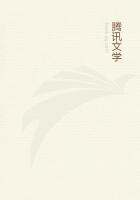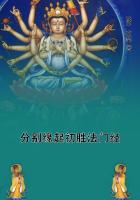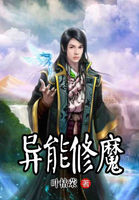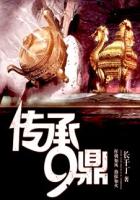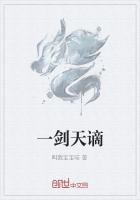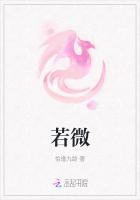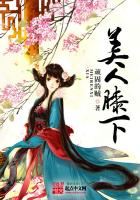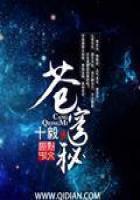And what of the sense of smell, distinguishing the dead from the living? Here, all are alive; and the Bee pierces her way as through a row of corpses. If I am told that the smell of the Solenii may differ from that of the Osmiae, I shall reply that such extreme subtlety in the insect's olfactory apparatus seems to me a rather far-fetched supposition. Then what is my explanation of the two facts? The explanation? I have none to give! I am quite content to know that Ido not know, which at least spares me many vain lucubrations. And so I do not know how the Osmia, in the dense darkness of her tunnel, distinguishes between a live cocoon and a dead cocoon of the same species; and I know just as little how she succeeds in recognizing a strange cocoon. Ah, how clearly this confession of ignorance proves that I am behind the times! I am deliberately missing a glorious opportunity of stringing big words together and arriving at nothing.
The bramble-stump is perpendicular, or nearly so; its opening is at the top. This is the rule under natural conditions. My artifices are able to alter that state of things; I can place the tube vertically or horizontally; I can turn its one orifice either up or down;lastly, I can leave the channel open at both ends, which will give two outlets. What will happen under these several conditions? That is what we shall examine with the Three-pronged Osmia.
The tube is hung perpendicularly, but closed at the top and open at the bottom; in fact, it represents a bramble-stump turned upside down. To vary and complicate the experiment, the strings of cocoons are arranged differently in different tubes. In some of them, the heads of the cocoons are turned downwards, towards the opening; in others, they are turned upwards, towards the closed end; in others again, the cocoons alternate in direction, that is to say, they are placed head to head and rear to rear, turn and turn about. I need not say that the separating floors are of sorghum.
The result is identical in all these tubes. If the Osmiae have their heads pointing upwards, they attack the partition above them, as happens under normal conditions; if their heads point downwards, they turn round in their cells and set to work as usual. In short, the general outward trend is towards the top, in whatever position the cocoon be placed.
We here see manifestly at work the influence of gravity, which warns the insect of its reversed position and makes it turn round, even as it would warn us if we ourselves happened to be hanging head downwards. In natural conditions, the insect has but to follow the counsels of gravity, which tells it to dig upwards, and it will infallibly reach the exit-door situated at the upper end. But, in my apparatus, these same counsels betray it: it goes towards the top, where there is no outlet. Thus misled by my artifices, the Osmiae perish, heaped up on the higher floors and buried in the ruins.
It nevertheless happens that attempts are made to clear a road downwards. But it is rare for the work to lead to anything in this direction, especially in the case of the middle or upper cells. The insect is little inclined for this progress, the opposite to that to which it is accustomed; besides, a serious difficulty arises in the course of this reversed boring. As the Bee flings the excavated materials behind her, these fall back of their own weight under her mandibles; the clearance has to be begun anew. Exhausted by her Sisyphean task, distrustful of this new and unfamiliar method, the Osmia resigns herself and expires in her cell. I am bound to add, however, that the Osmiae in the lower storeys, those nearest the exit--sometimes one, sometimes two or three--do succeed in escaping.
In that case, they unhesitatingly attack the partitions below them, while their companions, who form the great majority, persist and perish in the upper cells.
It was easy to repeat the experiment without changing anything in the natural conditions, except the direction of the cocoons: all that Ihad to do was to hang up some bramble-stumps as I found them, vertically, but with the opening downwards. Out of two stalks thus arranged and peopled with Osmiae, not one of the insects succeeded in emerging. All the Bees died in the shaft, some turned upwards, others downwards. On the other hand, three stems occupied by Anthidia discharged their population safe and sound. The outgoing was effected at the bottom, from first to last, without the least impediment. Must we take it that the two sorts of Bees are not equally sensitive to the influences of gravity? Can the Anthidium, built to pass through the difficult obstacle of her cotton wallets, be better-adapted than the Osmia to make her way through the wreckage that keeps falling under the worker's feet; or, rather, may not this very cotton-waste put a stop to these cataracts of rubbish which must naturally drive the insect back? This is all quite possible; but I can say nothing for certain.
Let us now experiment with vertical tubes open at both ends. The arrangements, save for the upper orifice, are the same as before. The cocoons, in some of the tubes, have their heads turned down; others, up; in others again, their positions alternate. The result is similar to what we have seen above. A few Osmiae, those nearest the bottom orifice, take the lower road, whatever the direction first occupied by the cocoon; the others, composing by far the larger number, take the higher road, even when the cocoon is placed upside down. As both doors are free, the outgoing is effected at either end with success.
What are we to conclude from all these experiments? First, that gravity guides the insect towards the top, where the natural door is, and makes it turn in its cell when the cocoon has been reversed.
Secondly, I seem to suspect an atmospheric influence and, in any case, some second cause that sends the insect to the outlet. Let us admit that this cause is the proximity of the outer air acting upon the anchorite through the partitions.

